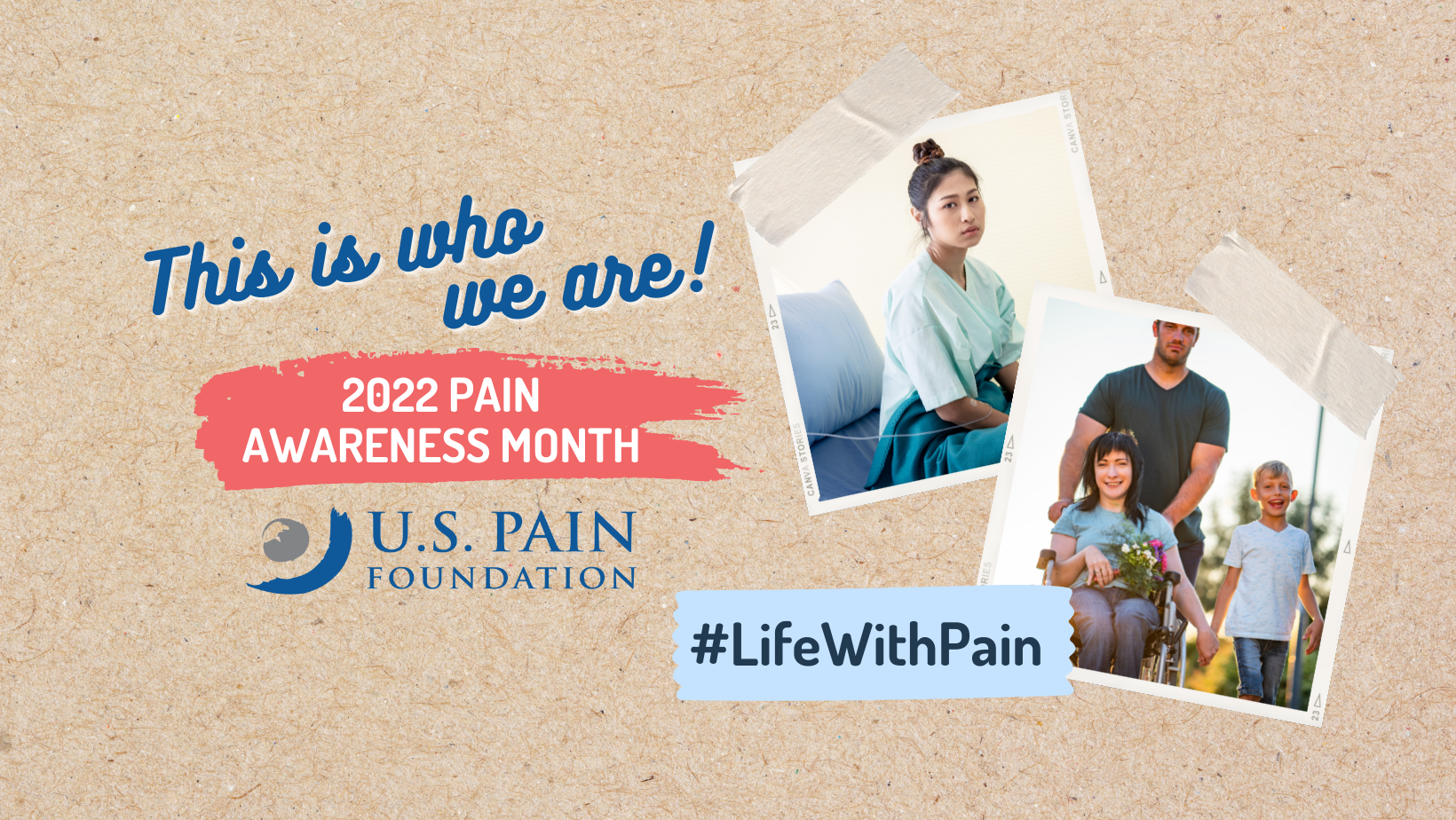
Research tells us that 50 million Americans live with chronic pain, or pain that lasts most days or every day for three months or more. Of this group, 20 million experience high-impact chronic pain, or pain that interferes with basic functioning and activities of daily living. Pain is the number one reason that Americans access the health care system, and costs the nation up to $635 billion each year in medical treatments, disability payments, and lost productivity.
A chronic pain crisis
Between March 29 to April 12, 2022, the U.S. Pain Foundation conducted a survey of 2,378 individuals to better understand the public health crisis of chronic pain. The bulk of the report focused on the patient perspective, as 96% of survey respondents were individuals living with chronic pain.
The findings underscore the devastating impact of chronic pain on quality of life.
Looking ahead this September
In general, the data suggests not enough is being done for the management of chronic pain in America. Many areas need to be explored, including increased pain education for health care professionals and the implementation of a public awareness campaign about chronic pain. Other needs include further investment in research for safe, effective treatments for chronic pain, and development of patient-education programs that emphasize self-management skills that are offered early in a pain diagnosis. An important first step is to increase awareness of chronic pain as a disease and to continue to de-stigmatize this condition.
As we pull back the veil on chronic pain, we hope to:
- Highlight what life with pain looks like for 20% of the U.S. population.
- Address the fractured patient-provider relationship and find meaningful and helpful solutions to improve it.
- Reduce stigma faced by those living with chronic pain, and promote empathy and overall understanding about the unique challenges of living with chronic pain—including the emotional and physical stress it can cause caregivers and care partners.
The A Chronic Pain Crisis report was an important first step in enumerating the reality of chronic pain. Looking forward, it is equally important to remember that these numbers represent lives. Individuals living with pain are desperate for relief, understanding, and hope. They are searching for a better quality of life while often struggling with access to treatment and cost barriers. They need support and help, and to know that they are not alone and there are others like them out there.
It’s time to start discussing all aspects of life with pain.
To learn more about U.S. Pain Foundation’s Pain Awareness Month initiative, click here.
